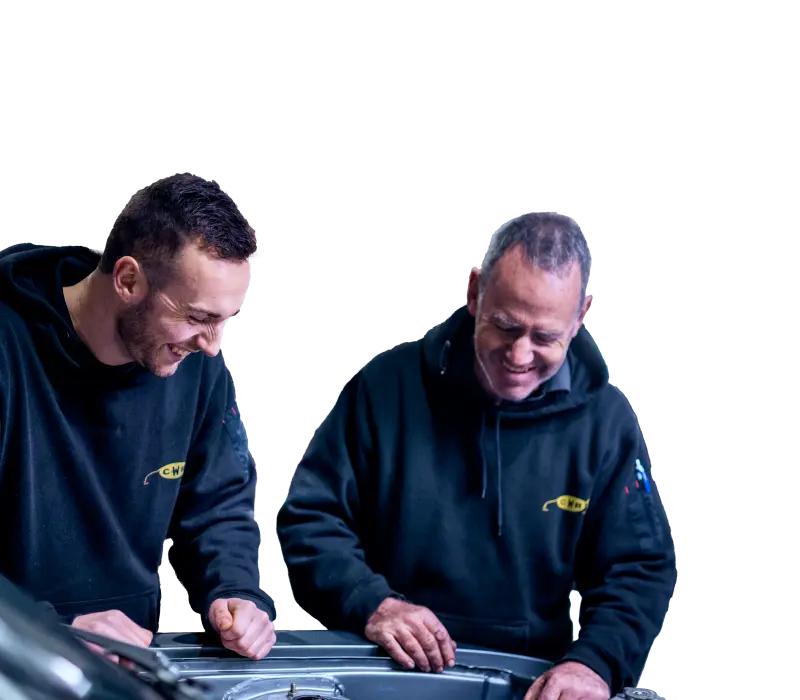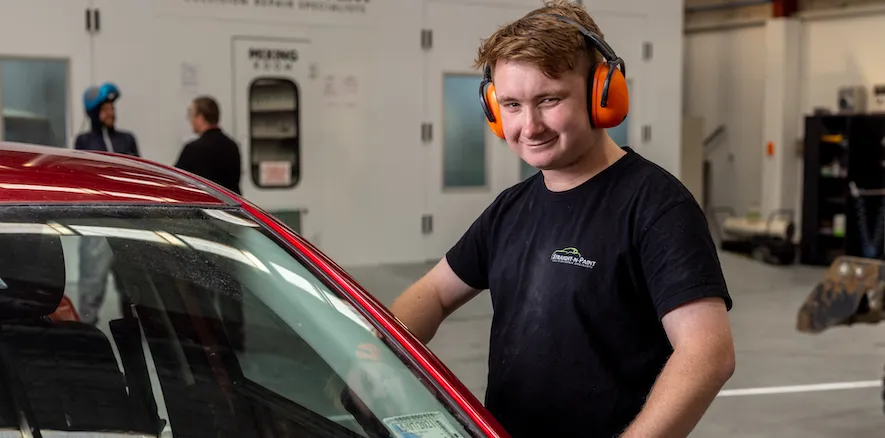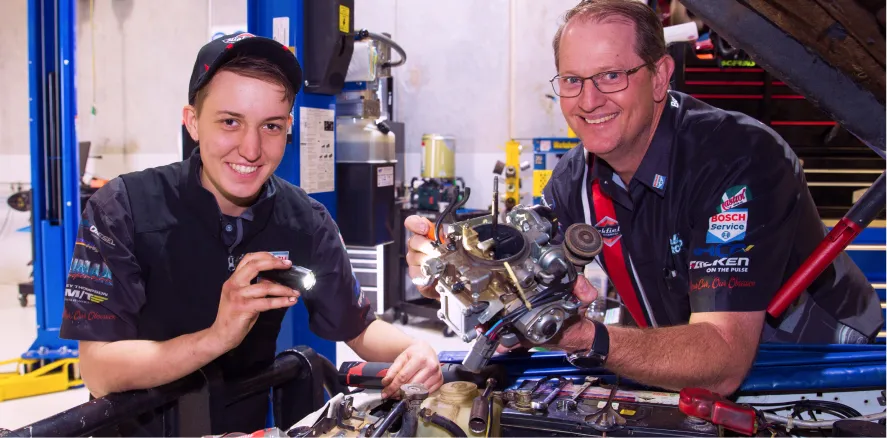

Our State of the Nation Special Report: The Skills Shortage found more Members are taking on apprentices as the skills shortage starts to bite.
The number of Members who had taken on an apprentice was up nine percentage points to 73% and the number who said they were very or extremely likely to take on an apprentice in the near future was up five percentage points to 40%.
That’s great news for the automotive aftermarket as we boost our pipeline of talent by training the next generation. But it’s not the complete picture. We’re still struggling to attract and retain that talent.
Here’s what we know.


Twenty-two per cent of Members told us that finding a good apprentice was a challenge in 2023—up eight percentage points on the previous year. What’s the reason? 6 in 10 Members believed auto apprenticeships were less or a lot less attractive than apprenticeships in other industries.
One reason might be pay. The Australian Automotive Association’s latest Automotive Technician Salary Benchmarking Survey found our industry lagging behind in earnings potential. Auto apprentices earned $40,000 a year while plumbing, electrical and carpentry apprentices earned in the mid-$50,000s. Those other trades also had higher long-term earning potential.
Yet Australian figures for auto apprenticeship commencements are relatively healthy. According to the National Centre for Vocational Education Research (NCVER), the number of people starting automotive apprenticeships was up 32.4% between December 2018 and December 2022 and there were 4340 starts in the quarter ending December 2022.
Getting an apprentice is one thing, holding onto them is another. 60% per cent of New Zealand and 57% of Australian Members told us they had lost an apprentice before the qualification had been completed.
A recent article in the Australian Financial Review indicated this was common across all trades, with one in every two apprentices dropping out either by cancellation or withdrawal. NCVER managing director Simon Walker told the paper the relative youth of most apprentices was most likely behind high attrition rates, with young people often unclear about their futures.
NCVER’s data shows a 39.2% increase in auto apprenticeship cancellations and withdrawals between 2018 and 2022, but a slight drop in cancellations and withdrawals in the past 12 months (-0.8%). Further, the data shows automotive apprenticeships actually have one of the higher completion rates (58.6% between 2018 and 2022) compared to other trades where the average was only 42.1%.
So, the overall trend appears to be positive. We’re heading in the right direction. But high attrition rates do beg the question: are apprenticeships actually helping to ease the skills shortage? And, if not, could we be doing more to improve the system and improve retention?
Each year, as part of the Capricorn Rising Stars award application process, Capricorn asks apprentices how they think the apprenticeship system could be improved. Here’s what some of this year’s apprentices (and a few Members) told us.


The other side of the apprenticeship equation is the employer. Let’s look at what’s already being done to encourage workshops to take on apprentices.
Launched in July 2022, the Australian Apprentices Incentive System is a $2.4 billion program designed to encourage people into apprenticeships. There’s also a specific fund to support female apprentices. State governments also offer a range of support services for employers of apprentices:
The New Zealand Government is currently offering business owners an incentive to take on apprentices. Apprenticeship Boost subsidises wages for eligible first- and second-year apprentices at $500 a month. It was launched in response to the economic impacts of Covid-19 and is available until the end of December 2024. Here’s how to apply. There’s also a special adult training program called Mana in Mahi, which provides significant subsidies for employers. You’ll find general information relevant to taking on an apprentice in New Zealand at these links:
But what are other countries doing to support businesses taking on apprentices and encourage people to start and finish apprenticeships? Could Australia and New Zealand learn anything from their approaches?
The UK Government recently introduced changes to help employers take on more apprentices, including:
Here are some incentives offered in other countries:
Have your say